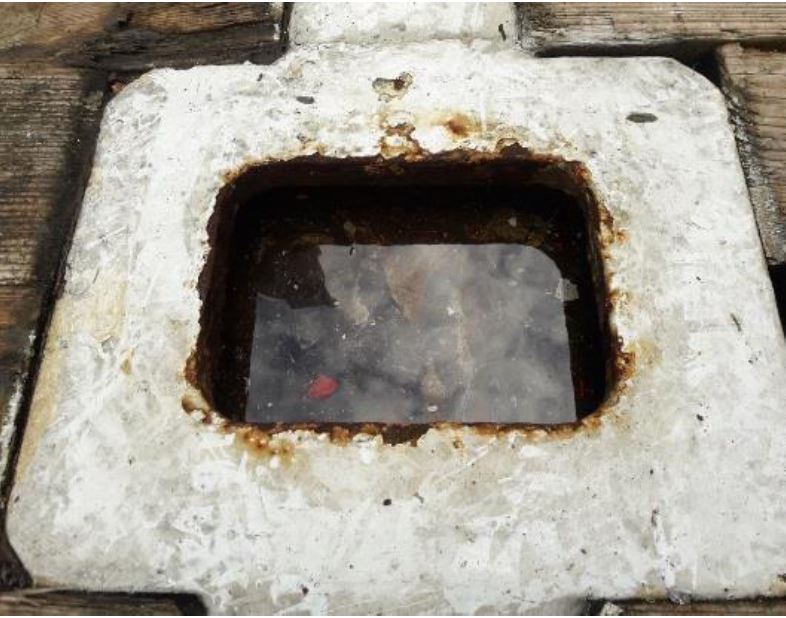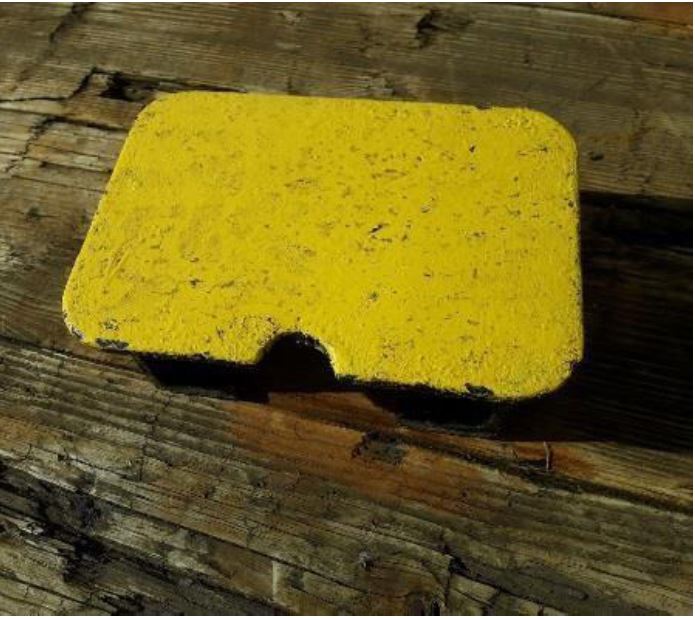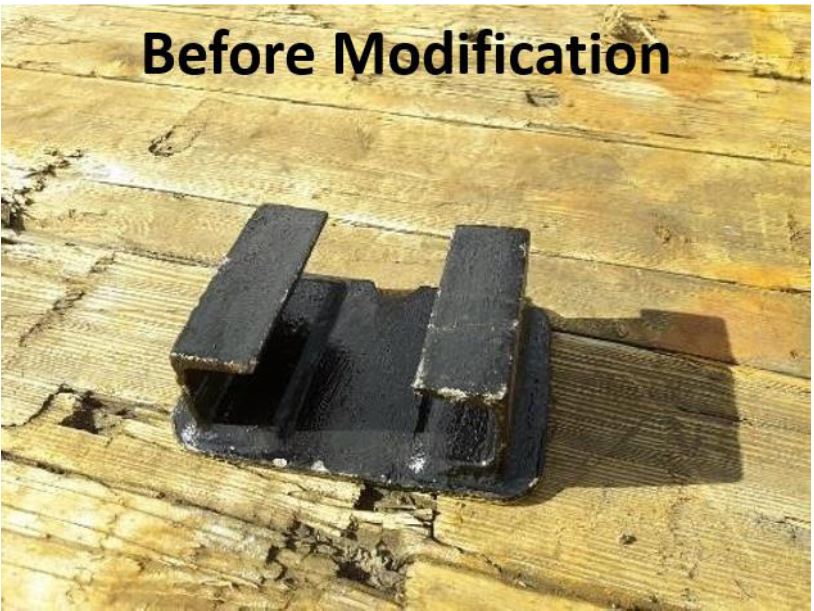MSF: Near miss – potential dropped object during cargo operations
The Marine Safety Forum (MSF) has published Safety Alert 18-23, in which a 20ft basket was lifted during offshore cargo operations. The bridge team were later informed by the installation crew that a yellow metal plate had been found trapped inside the forklift pocket of the basket; the plate was used to protect a potential trip hazard (stanchion mounting holes).


A detailed risk assessment had been in place and was used as the basis of the toolbox talk (TBT). The following hazards were identified:
- The use of covers for trip hazards was justified in removing the potential of a personal injury resulting from a trip – trip hazards marked or removed if possible;
- Dropped objects were prevented by a pre-inspection of the container, prior to lifting, and the use of safe havens when any lift is suspended.
However, the control measures listed did not include pre-inspection of the deck; the control measure requiring a pre-inspection of the container failed as it did not identify the potential dropped object. The MSF does note, however, that the ability to conduct a full, detailed inspection of a container prior to lifting deck can be impaired and may not always identify potential dropped objects. This can be due to:
- Weather conditions – water on deck may not allow a full check of fork pockets;
- The orientation of a container against the vessel’s rail or other cargo may impair visibility of all areas that could harbour a potential dropped object.
What actions were taken?
- The cover plate was replaced, and the trip hazard was removed.
- Vessel crew were able to come up with a solution to prevent the plate from accidently being moved again – additional pins had been added which will hold the plate in place in the future (unless removed intentionally);
- The vessel owner implemented preventative measures including:
- update the risk assessment to include the addition of pre-work inspection of the deck as an additional control measure against the hazard of potential dropped objects
- update 500m entry checklist – include a requirement for a positive report to the bridge that pre-work deck inspection has been completed
- all safety officers to conduct an inspection of the vessel plate cover arrangements to determine if a similar hazard could occur – take preventative actions where required
- conduct additional briefing for all deck crew surrounding lessons learned – particularly on the potential failure of the pre-lift check of the container and the new requirement for a pre-work deck inspection.


The MSF has issued the following instructions to vessels owners:
- All crew should be made aware of MSF Safety Alert 18-23 – display on noticeboards, print copies for mess rooms and discuss all learning points and recommendations at the next onboard safety meeting;
- Any applicable points should be actioned in order to reduce the likelihood of similar incidents occurring on another vessel.
Safety Event
Published: 21 December 2018
Download: IMCA SF 29/18
IMCA Safety Flashes
Submit a Report
IMCA Safety Flashes summarise key safety matters and incidents, allowing lessons to be more easily learnt for the benefit of all. The effectiveness of the IMCA Safety Flash system depends on Members sharing information and so avoiding repeat incidents. Please consider adding safetyreports@imca-int.com to your internal distribution list for safety alerts or manually submitting information on incidents you consider may be relevant. All information is anonymised or sanitised, as appropriate.
IMCA’s store terms and conditions (https://www.imca-int.com/legal-notices/terms/) apply to all downloads from IMCA’s website, including this document.
IMCA makes every effort to ensure the accuracy and reliability of the data contained in the documents it publishes, but IMCA shall not be liable for any guidance and/or recommendation and/or statement herein contained. The information contained in this document does not fulfil or replace any individual’s or Member's legal, regulatory or other duties or obligations in respect of their operations. Individuals and Members remain solely responsible for the safe, lawful and proper conduct of their operations.
